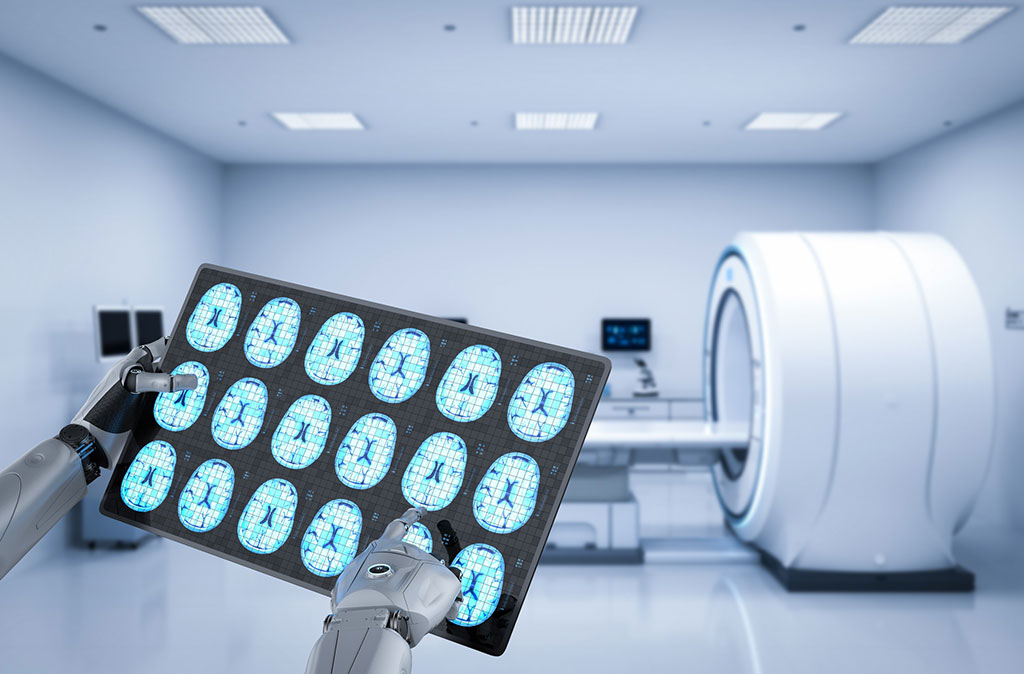AI Detects LVO from CT Angiograms to Improve Endovascular Thrombectomy Treatment Times for Stroke Patients
Posted on 19 Sep 2023
Large vessel occlusion (LVO) happens when a key artery in the brain gets blocked, and it's considered a particularly serious form of stroke. LVOs make up an estimated 24% to 46% of acute ischemic strokes. Quick intervention with endovascular thrombectomy—a less invasive surgery that removes the blood clot from the obstructed artery—can make a big difference in the patient's recovery. However, the success of this treatment is closely tied to how quickly it's administered. Now, an artificial intelligence (AI)--powered LVO detection software for acute stroke triage has been found to improve endovascular thrombectomy treatment times.
In order to explore ways of enhancing hospital-based endovascular treatments, a team of researchers at UTHealth Houston (Houston, TX, USA) conducted a specific kind of clinical trial called a cluster-randomized, stepped-wedge trial. They analyzed 243 patients who had LVO strokes who presented at four comprehensive stroke centers. These centers used Viz LVO, an AI-powered system that identifies LVO from computed tomography (CT) angiogram images and then sends secure, real-time alerts to the mobile phones of healthcare providers, including clinicians and radiologists. This alert is sent within minutes after the CT imaging is done, allowing the patient’s care team to share updates about the case in real time.

Importantly, the use of this automated LVO detection technology led to a statistically significant average reduction of 11 minutes in the time it took to start thrombectomy. The time from the beginning of the CT scan to the initiation of the endovascular therapy was also reduced by almost 10 minutes. These results were released not long after another UTHealth Houston-led study, which found that women with LVO acute ischemic stroke were less likely to be directed to comprehensive stroke centers compared to men, despite having similar stroke symptoms and living at similar distances from these centers. Both pieces of research are part of a wider initiative to find better ways to improve the outcomes for stroke patients.
“The benefit of endovascular thrombectomy on functional recovery is time-sensitive, so early identification of patients with strokes with large vessel occlusions, and process improvements to accelerate in-hospital care, are critical,” said study author, Youngran Kim, PhD. “Our study has shown that the implementation of AI software has improved workflows within the comprehensive stroke centers.”
“Nearly 2 million brain cells die every minute the blockage remains, so speeding up treatments by 10 to 15 minutes can result in substantial improvements,” said study author Sunil A. Sheth, MD. “Our study is the most rigorous of its kind to address the question of whether machine-learning software can result in a clinically meaningful improvement for patients with acute stroke, and here, we see that the answer is ‘yes.’”
Related Links:
UTHealth Houston














